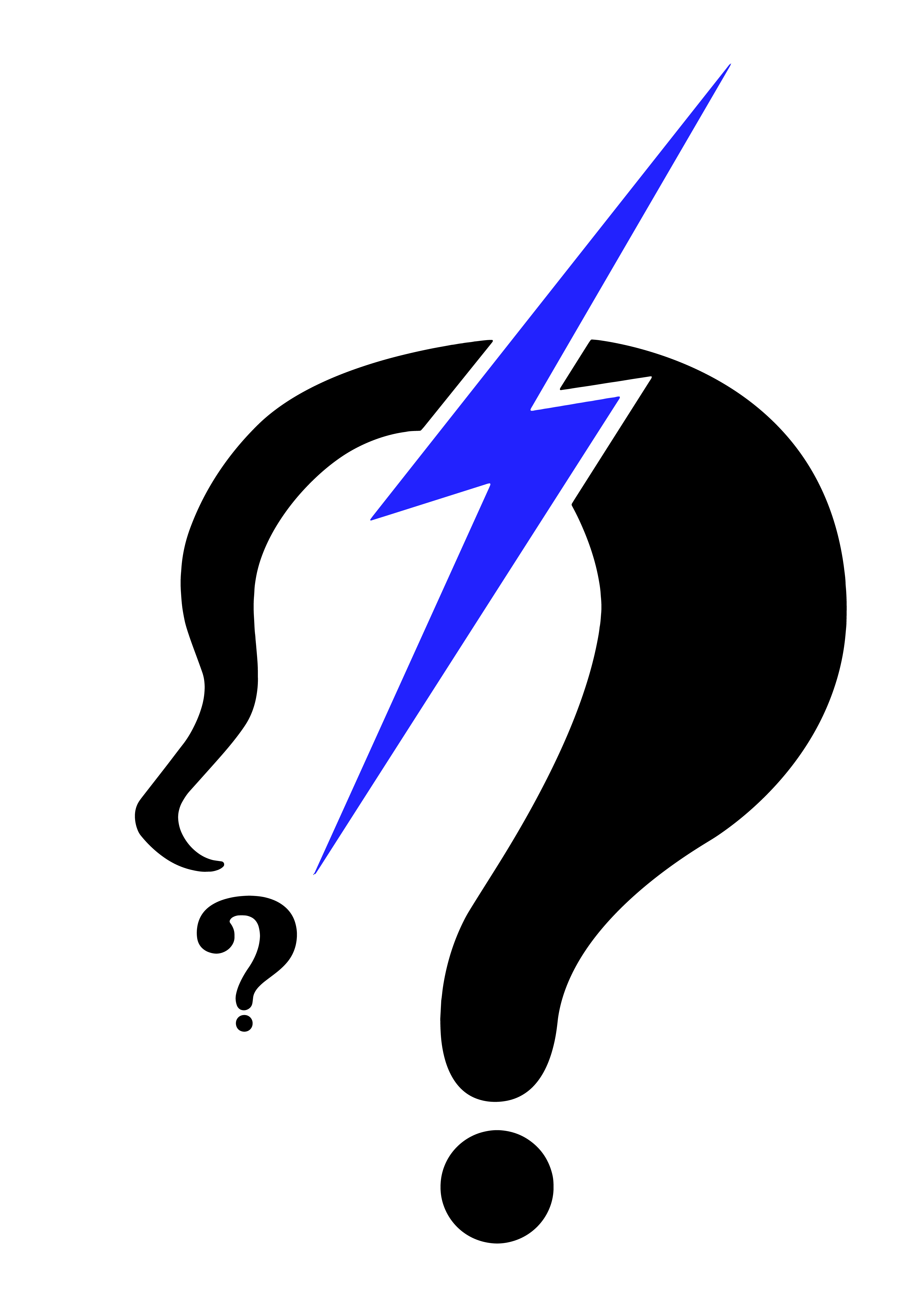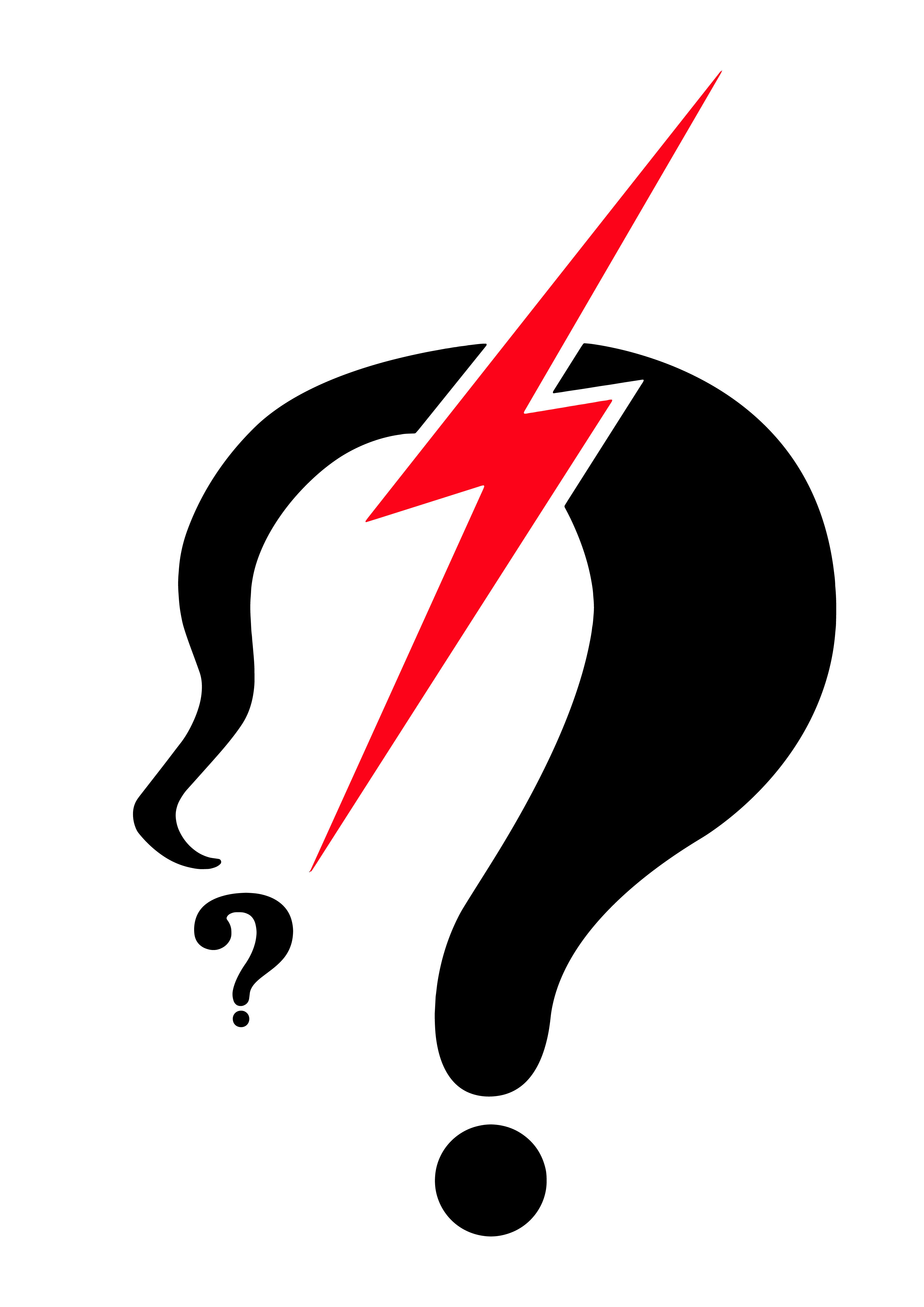SLT Summary
Type of exercises & brief description
-
50 nouns for verbal naming of common household items from 5 visual scenes (bathroom, bedroom, garage, kitchen and living room)
-
The user monitors themselves whether they have named the item correctly or not
-
A tutorial is provided to demonstrate how the app can be used
-
The SLT can use it with a variety of different users, each of whom can have their own profile
Error handling: None
Prompts/cues: User identifies an item to name. If they struggle, they can request a written cue (first few letters of the word), a written and spoken semantic cue/definition, a functional spoken and written phrase, a phonemic cue (first sound) or the whole word written and spoken
Record results: Results are recorded showing the date of practice, the sections practised, % of items named correctly with and without cues. It also highlights the cue which most successfully aids the user. Results can be shown on screen, emailed or printed out
Comments/N.B
-
Many of the items are in American English (e.g. faucet, bath tub, refrigerator, garbage can)
-
The results recorded are reliant on the user self monitoring and knowing whether they named the item correctly or not. There is no facility for recording speech attempts and the app itself does not determine level of accuracy. This app would therefore not be appropriate for independent use by someone with poor self monitoring
Aphasia Summary
Practise saying words from 5 visual scenes (bathroom, bedroom, garage, kitchen and living room)
You choose the item you want to name
You decide if you have named it correctly, the app doesn't do it for you
Some prompts if you are finding it hard
Results are recorded
Many of the items are in American English (e.g. faucet, bath tub, refrigerator, garbage can)
No facility for recording your speech
icon Summary
Practise exercises for saying words
You need to decide yourself if you said the word correctly, the app doesn’t do it for you

 The
The